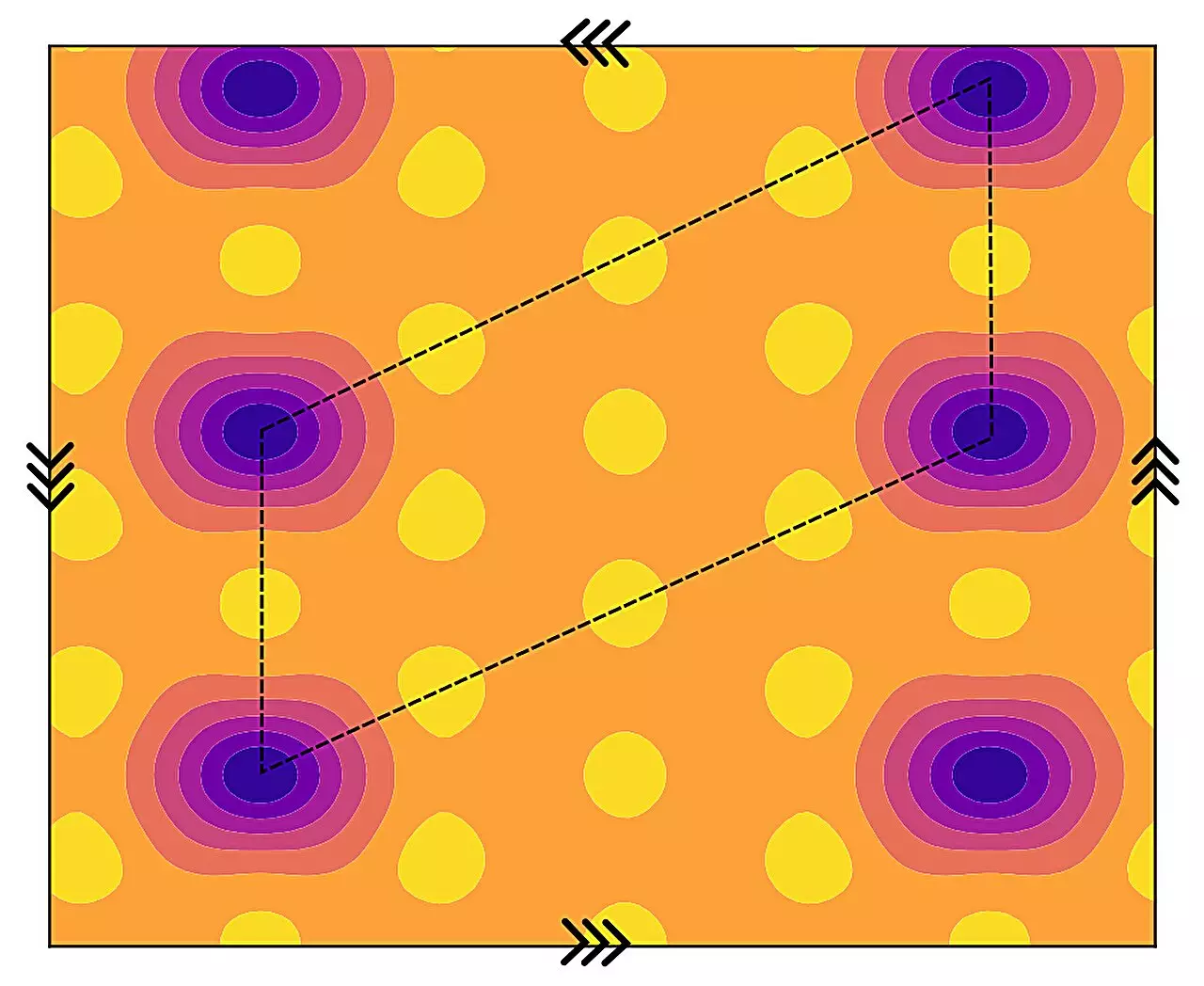The world of condensed matter physics has always been a landscape rich with intrigue, particularly with the emergence of moiré superlattices. These structures are formed when two layers of two-dimensional materials, such as graphene or transition metal dichalcogenides, are overlaid with a slight rotational misalignment. This seemingly simple twist reveals a multitude of complex and previously unseen physical phenomena, capturing the attention of scientists worldwide. Recent contributions from researchers at California State University Northridge, Stockholm University, and the Massachusetts Institute of Technology (MIT) have further deepened our understanding by predicting a groundbreaking new quantum state of matter that resides within fractionally filled moiré superlattice bands.
In their recent publication in Physical Review Letters, the research team explored the intricate interplay of electron behavior within the unique framework of twisted bilayer semiconductor structures, focusing specifically on the material known as MoTe₂. The existence of a novel quantum anomalous state of matter has been projected in this system, characterized by its unusual combination of features including intertwined ferromagnetism, charge ordering, and unique topological properties. These findings hold particular significance as ferromagnetism and charge ordering typically compete within systems, making their coexistence a remarkable discovery.
Co-author Liang Fu emphasized the dual nature of electrons—expressed in their wave properties and particle characteristics—as fundamental to the behaviors displayed in moiré materials. This duality underlies phenomena such as topological quantum liquids and electron crystallization, areas that Fu and his team sought to clarify. Their research not only highlights the richness of moiré systems but also invites deeper inquiry into the quantum phases that these materials can manifest.
The researchers utilized extensive numerical simulations to validate their predictions, synthesizing data from previous investigations into twisted bilayer semiconductors. Besides empirical analysis, they crafted a phenomenological model adept at capturing the essential qualitative properties of the newly discovered state, allowing for a clearer understanding of its theoretical foundation. By doing so, they could identify critical factors driving the state, notably the influence of strong Coulomb interactions that differentiate it from conventional metallic behavior.
As a result, this new state exemplifies a Chern insulating phenomenon, allowing for the existence of effectively non-interacting fermions despite the underlying strong interactions. These findings resonate beyond theoretical exploration, prompting potential experimental verification and the anticipation of practical applications in advanced material science.
The implications of discovering such a quantum state extend across a broad scientific horizon. Not only do these results contribute to current knowledge surrounding moiré materials, but they also pave the way for further explorations into exotic phases of matter. Recent experimental setups—including those observing a quantum anomalous Hall crystal in twisted bilayer and trilayer graphene—echo the research team’s predictions, suggesting that these exciting states could be more common than previously thought.
The continuing work by Fu, Sheng, and their collaborators aims to delve deeper into the behaviors displayed by their predicted states. A key component of their ongoing inquiry focuses on the role of integer Chern insulator crystals at fractional moiré band filling. This aspect signals a need for theoretical frameworks that can address energetic competitions among various states, a crucial step towards unraveling the complexities inherent in these intriguing materials.
The innovative research conducted by this collaborative group underscores the evolving narrative surrounding moiré superlattices and their implications for advancing technology in materials science. The predicted topological electron crystal, with its rich tapestry of quantum features, exemplifies the unforeseen potential held within these systems, inviting scientists to reconsider established paradigms in condensed matter physics. Such discoveries not only enhance our comprehension of fundamental physics but also offer new avenues for experimentation and potential technological applications that could revolutionize electronic devices and quantum computing technologies. As the journey into the realm of moiré materials continues, the excitement surrounding their exotic phases and novel states of matter captures the essence of scientific discovery at its finest, heralding breakthroughs that could reshape our understanding of the physical universe.


Leave a Reply